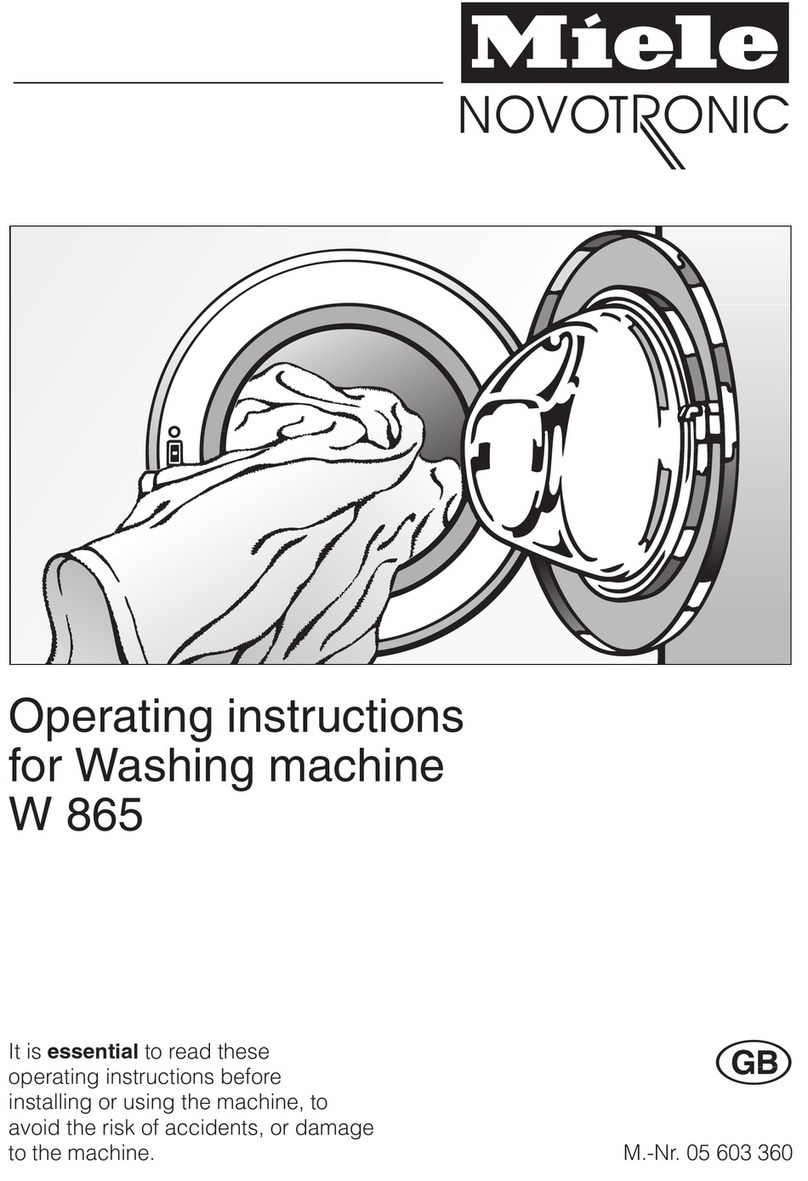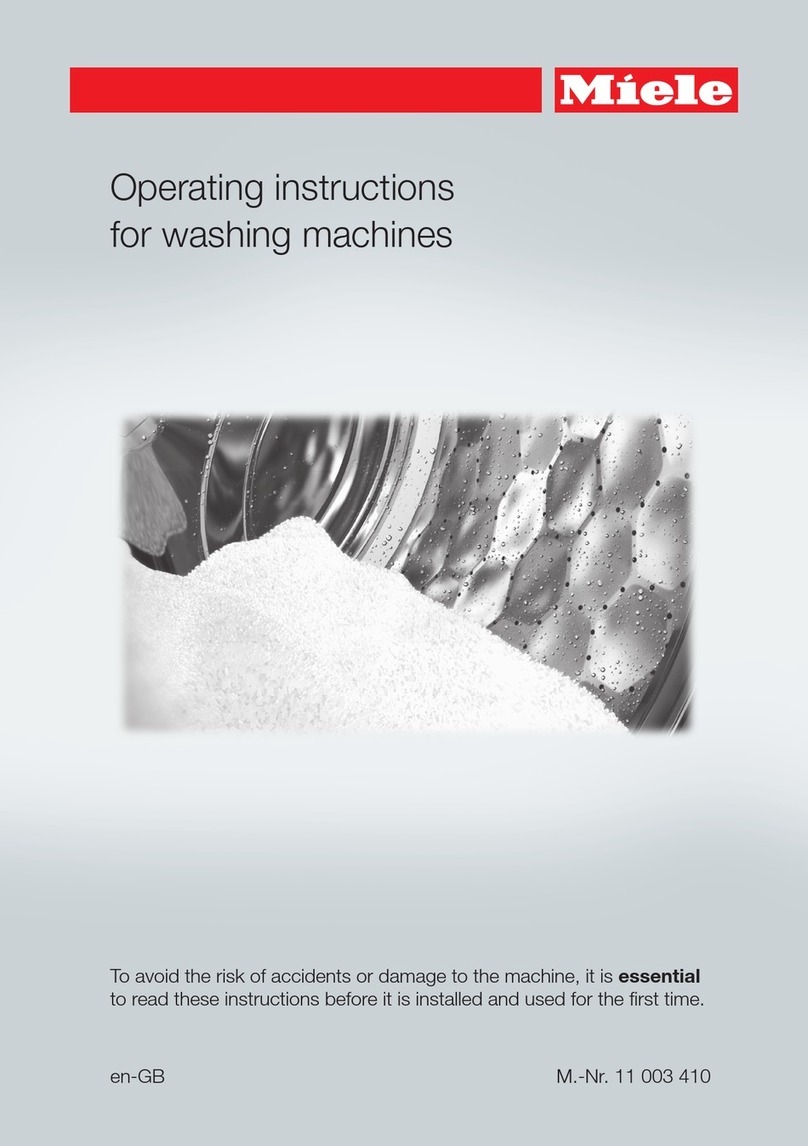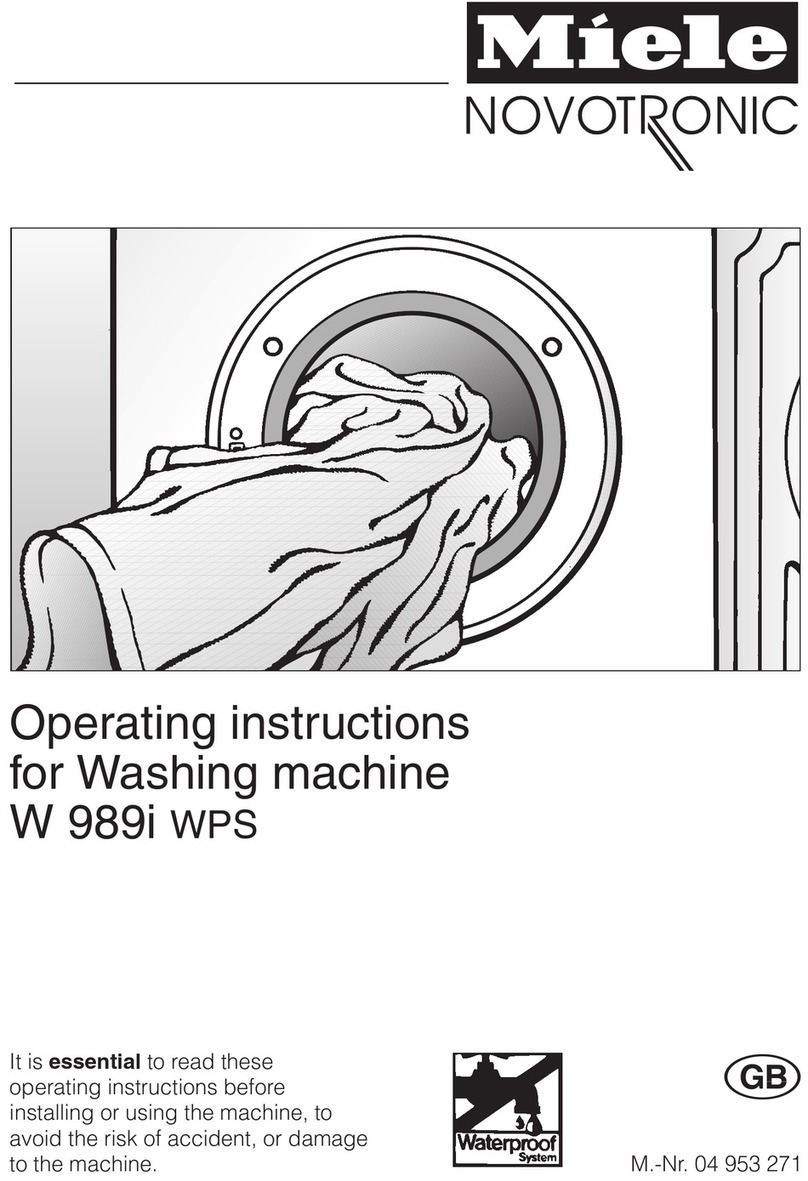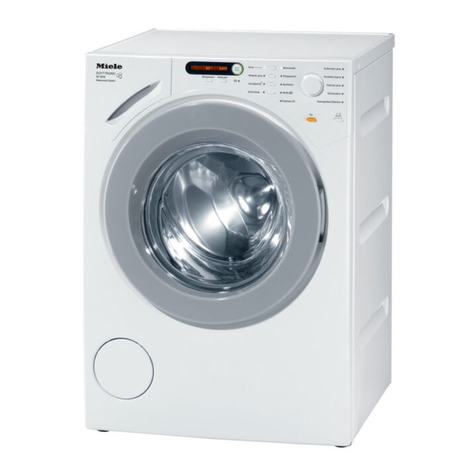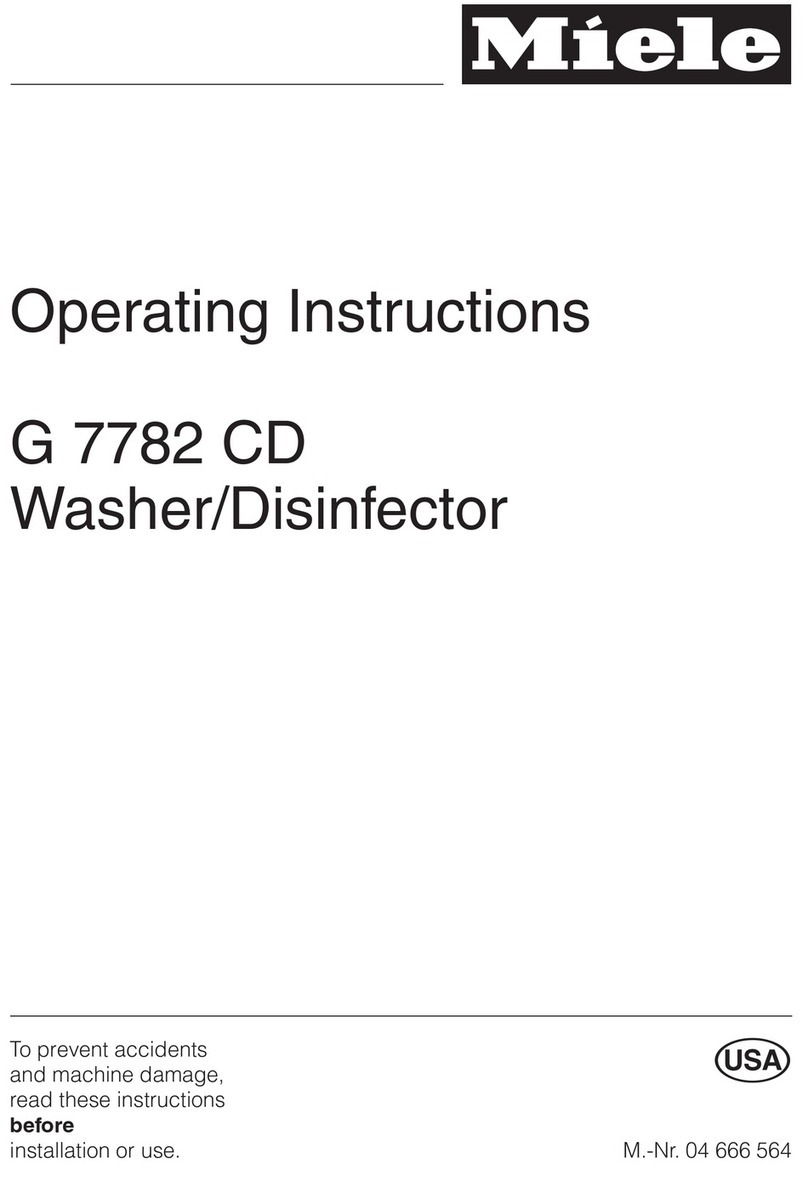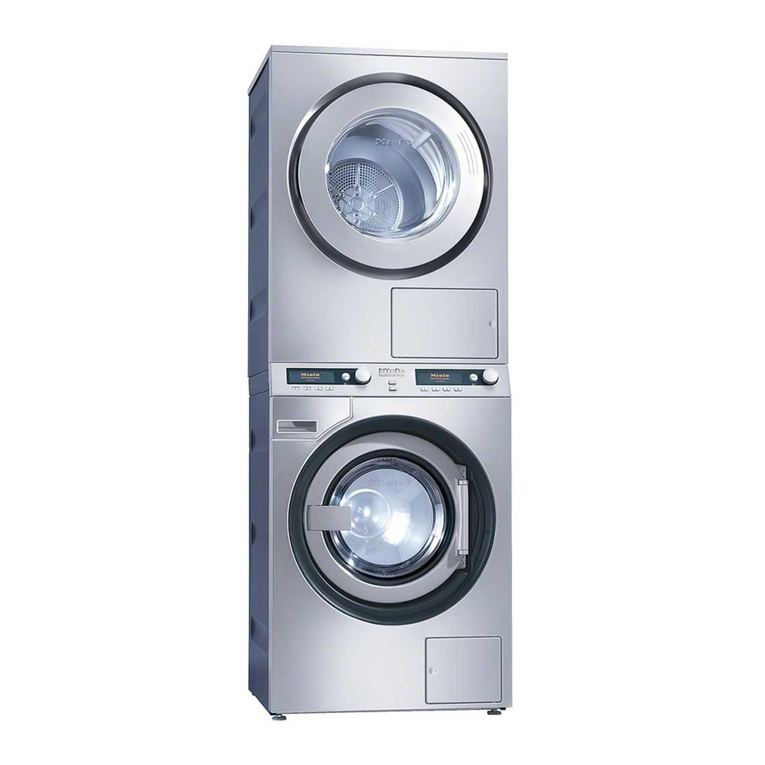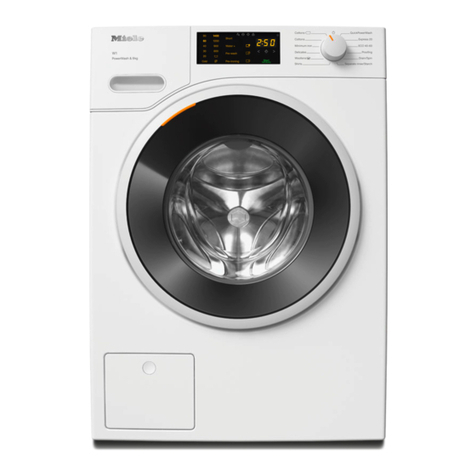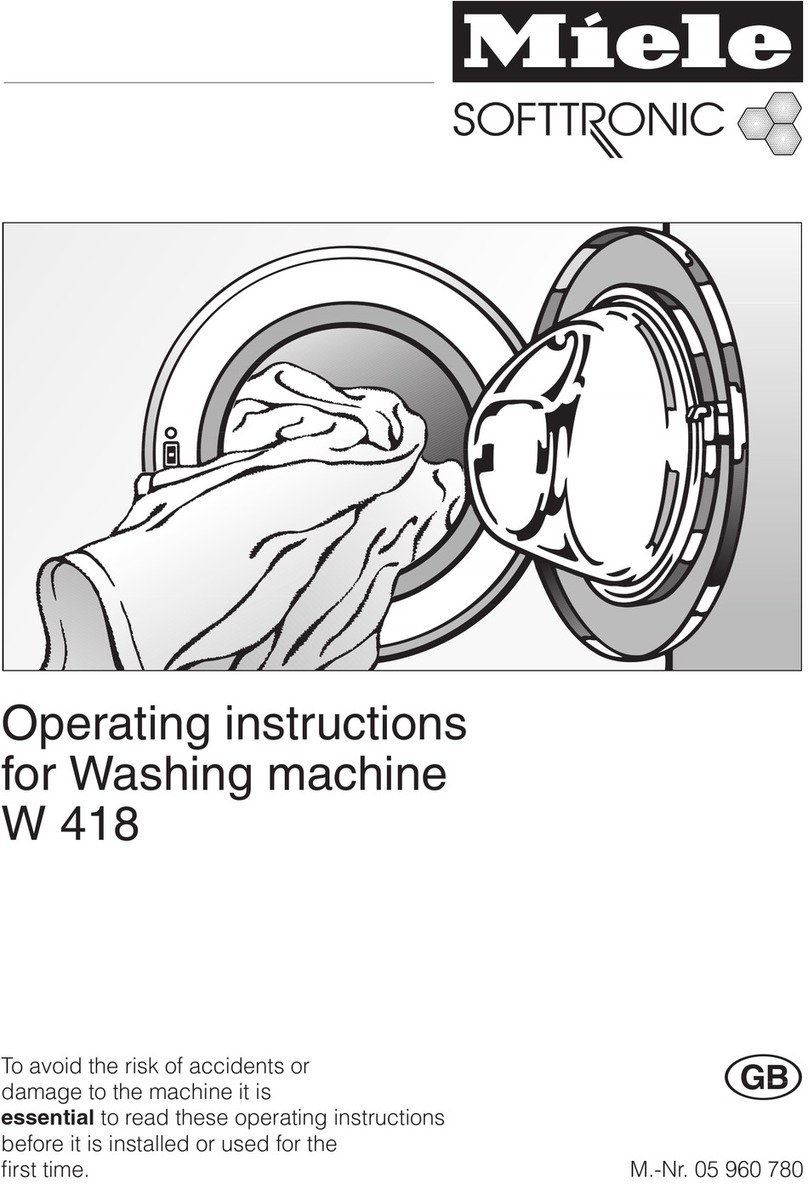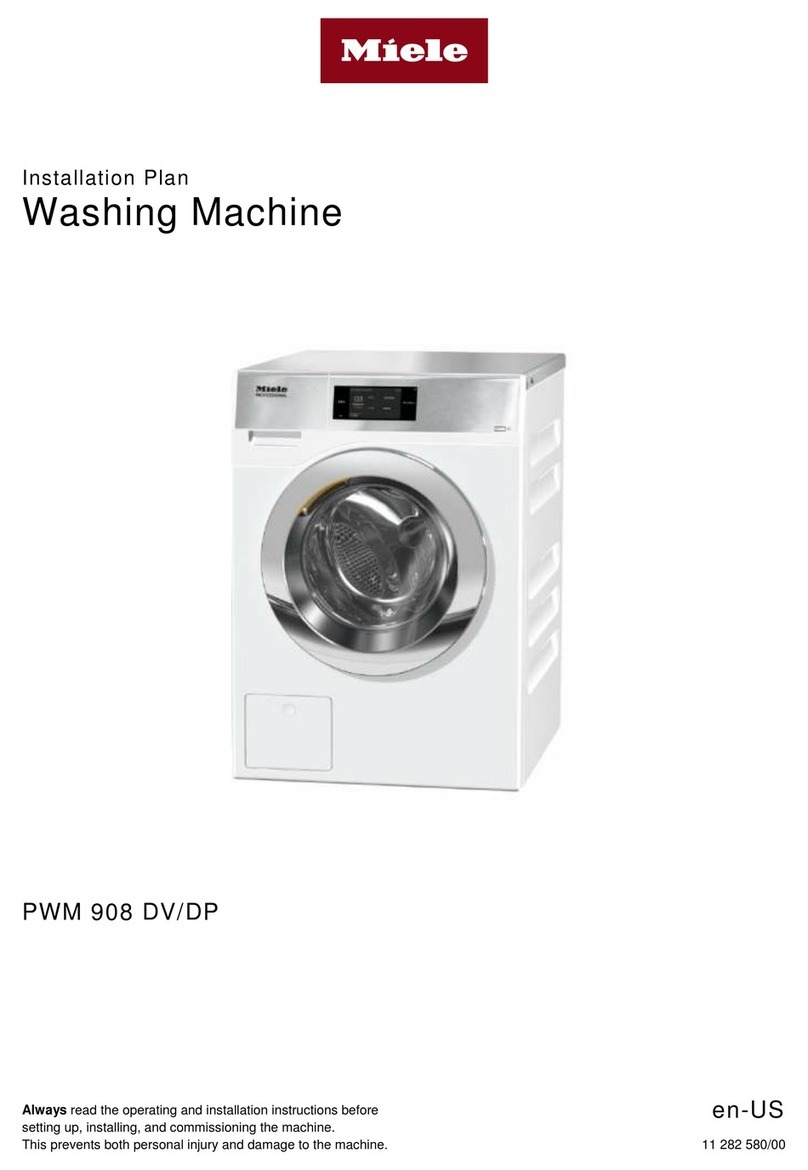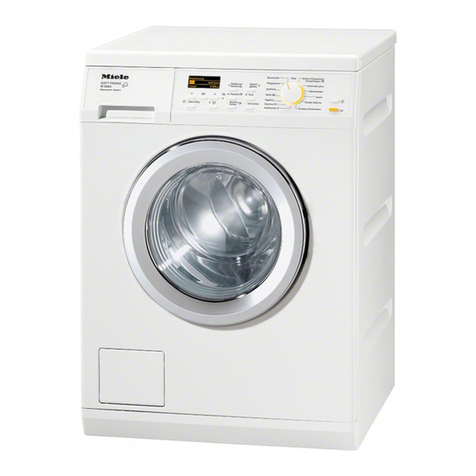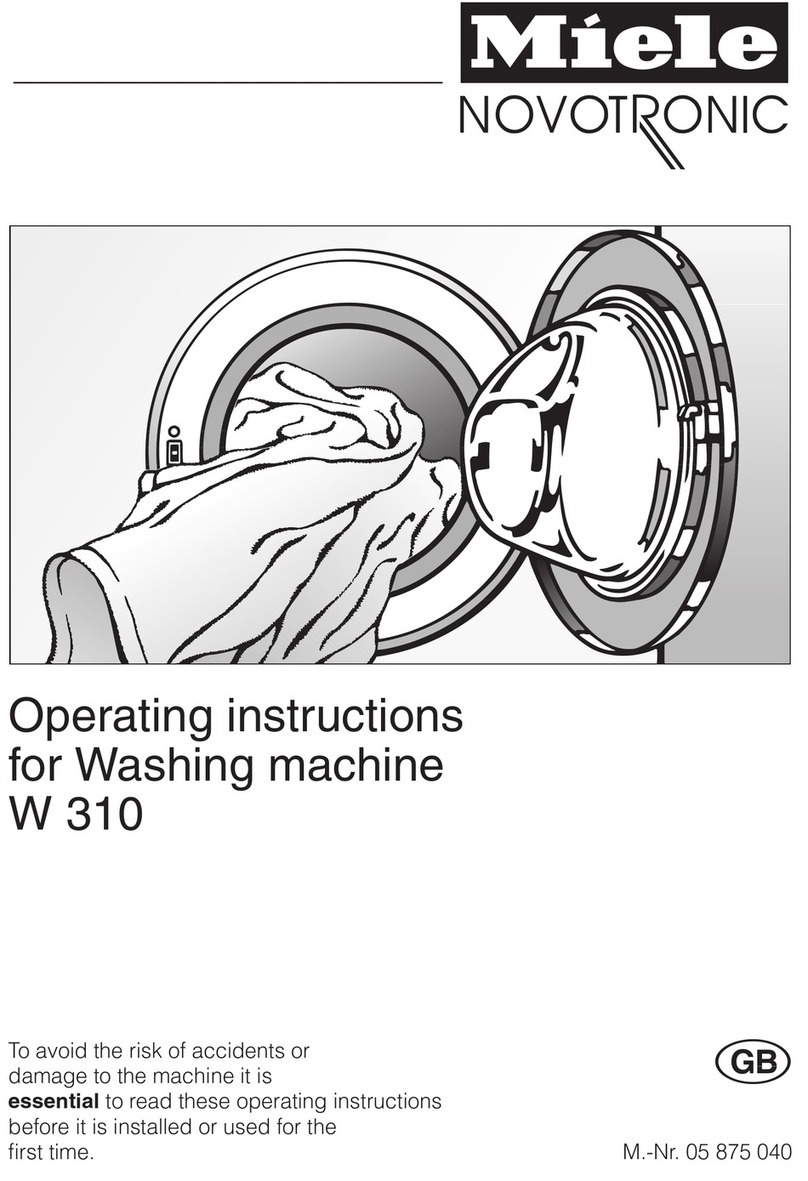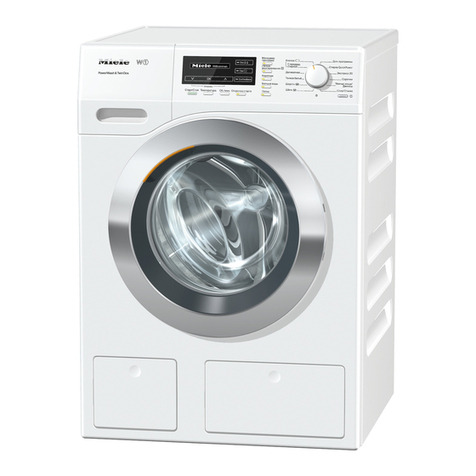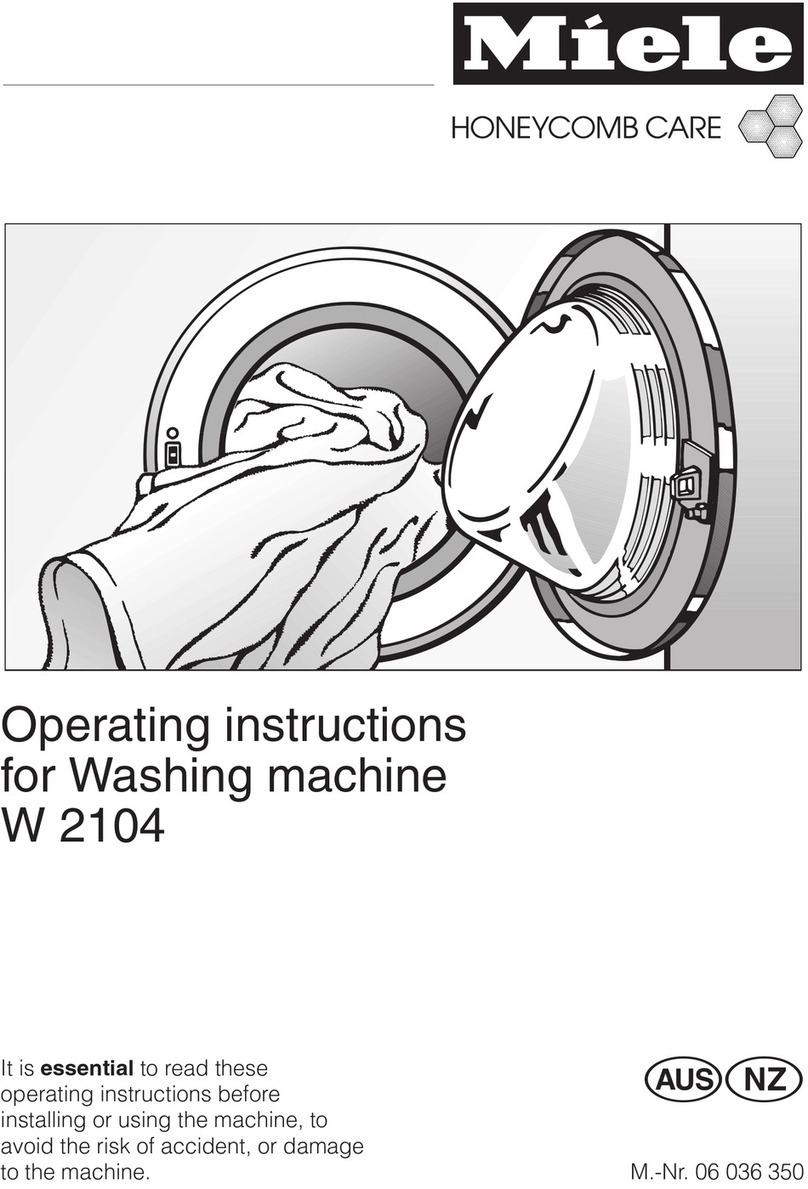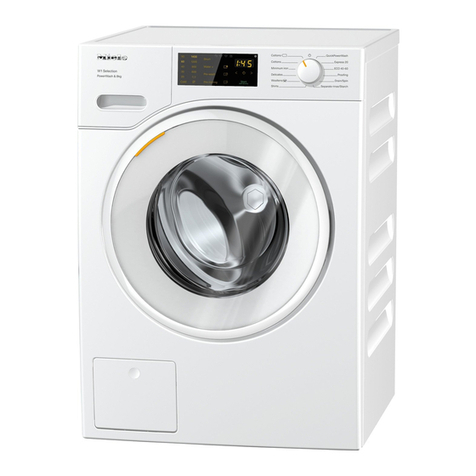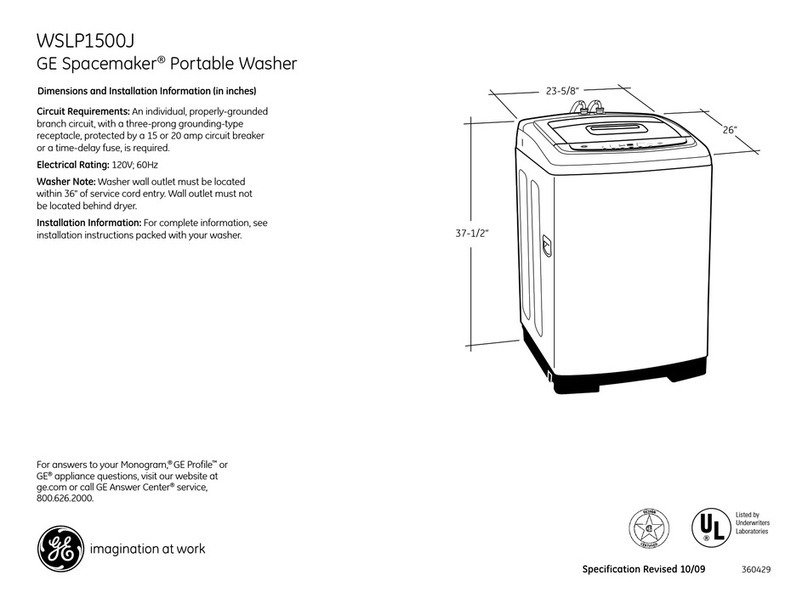
Contents
4
Selecting a programme ..................................................................................................... 50
Selecting a load carrier.................................................................................................. 50
Selecting programmes from Favourites ........................................................................ 51
Starting the programme .................................................................................................... 52
Programme sequence ....................................................................................................... 53
End of programme............................................................................................................. 53
Cancelling a programme ................................................................................................... 53
Programme cancellation with manual disinfection........................................................ 53
Delay start ......................................................................................................................... 54
Network connection........................................................................................................ 55
Network connection .......................................................................................................... 55
Network protocols............................................................................................................. 56
Process documentation .................................................................................................... 56
System settings ............................................................................................................... 57
System .............................................................................................................................. 57
Network connections ........................................................................................................ 57
Changing the PIN .......................................................................................................... 58
Pairing ........................................................................................................................... 59
Assign write permissions............................................................................................... 60
Setting the network ....................................................................................................... 61
Configuring the printer .................................................................................................. 62
Certificate presentation ................................................................................................. 63
Machine functions ............................................................................................................. 64
Automatic system test................................................................................................... 64
Carrying out self-disinfection (optional)......................................................................... 65
Starting the continuous programme.............................................................................. 66
Filling the dispensing system ........................................................................................ 67
Filter maintenance ......................................................................................................... 67
Dispensing system setup .............................................................................................. 68
Calibrating the conductivity meter ................................................................................ 70
Carrying out a programme test ..................................................................................... 71
Restarting .......................................................................................................................... 73
Opening the data plate...................................................................................................... 73
Managing favourites.......................................................................................................... 74
Maintenance .................................................................................................................... 75
Periodic checks ................................................................................................................. 75
Routine checks.................................................................................................................. 76
Cleaning the filters in the wash cabinet ............................................................................ 77
Cleaning the spray arms.................................................................................................... 78
Cleaning the machine........................................................................................................ 80
Locking the display ....................................................................................................... 80
Checking mobile units, modules and inserts .................................................................... 82
Built-in printer (optional) .................................................................................................... 83
Replacing the paper roll ................................................................................................ 83
Thermal paper ............................................................................................................... 84
Error messages and instructions................................................................................... 85
Representation of faults on the display............................................................................. 85
In main menu................................................................................................................. 85
In the programme sequence ......................................................................................... 85
